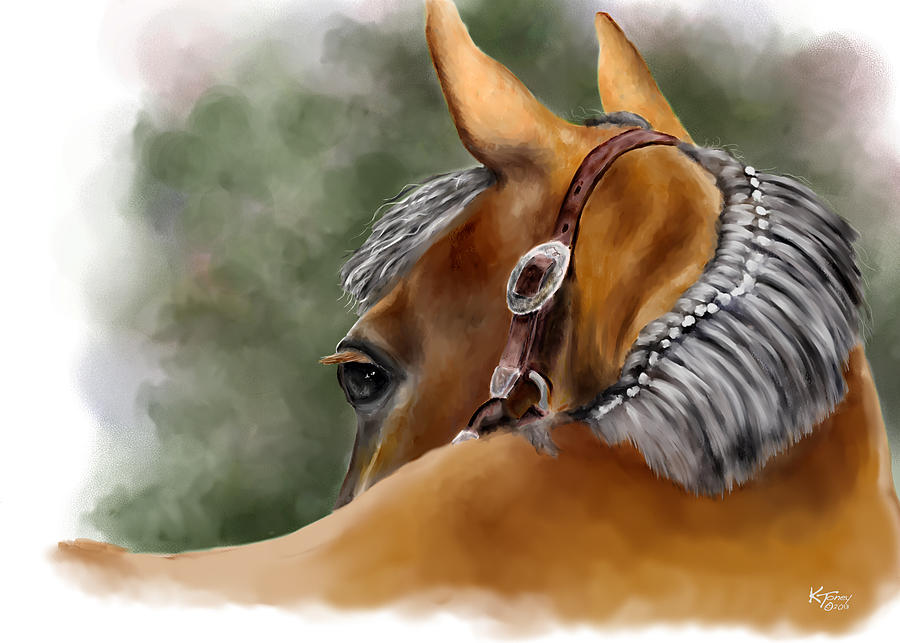


You can also find variations that have a built in easel, which defeat the purpose in my mind, or that actually have a small adjustable drawing table incorporated. I’ve also come across models like this one (image above, top right), from chlidren’s supplier Sensory Edge that has a rounded end, that restricts your ability to misuse the thing the way I like to. Here’s a fairly standard one from Dick Blick (image above, left). Many art schools and drawing sessions provide them, particularly those with 19th century academic traditions, and you can also find them from larger art suppliers. Rather than propping the drawing board almost vertically on the bench, with its lower end in one of the grooves intended for that purpose, allowing the correct arms-length pivot from the shoulder when drawing large scale (shown in my sketch above, bottom left), I began to sit forward on the bench, drawing board propped in my lap and leaning over it so that it served as miniature drawing table, allowing me to finesse small scale drawings (above, bottom right). Of course, shortly after I began to use a drawing bench, I found I preferred to misuse it. Despite the notion of noble suffering for one’s art, I prefer to be as comfortable as possible when I’m concentrating on drawing. I also think it’s significantly more comfortable, particularly over the course of an extended drawing session, or in classes day after day. To me this is a much more natural and satisfactory method of drawing from life. You look up at the model, straight on and directly above your drawing, rather than stepping back or repeatedly turning your head from side to side. The wonderful advantage of a drawing bench over an easel is that the drawing is below your line of sight to the model, rather than to one side. One of them was the use of a drawing bench, which is often called a “drawing horse” or an “art horse”, I assume because one sits astride it, and/or because one looks about as silly as a child on a wooden hobby horse when using it.Ī drawing bench or horse is a wooden bench with one raised end, or with two raised ends, one higher than the other, that is designed to allow an artist (or young buckaroo) to sit astride one end and prop a drawing board up against the other. They always seemed awkward, uncomfortable and in my way when trying to get from model to eye to hand to paper as directly as possible.įortunately, I encountered many interesting tools from the academic art tradition early on when I began taking classes. Though I use them for painting, I have never been fond of easels when attending life drawing sessions.


 0 kommentar(er)
0 kommentar(er)
